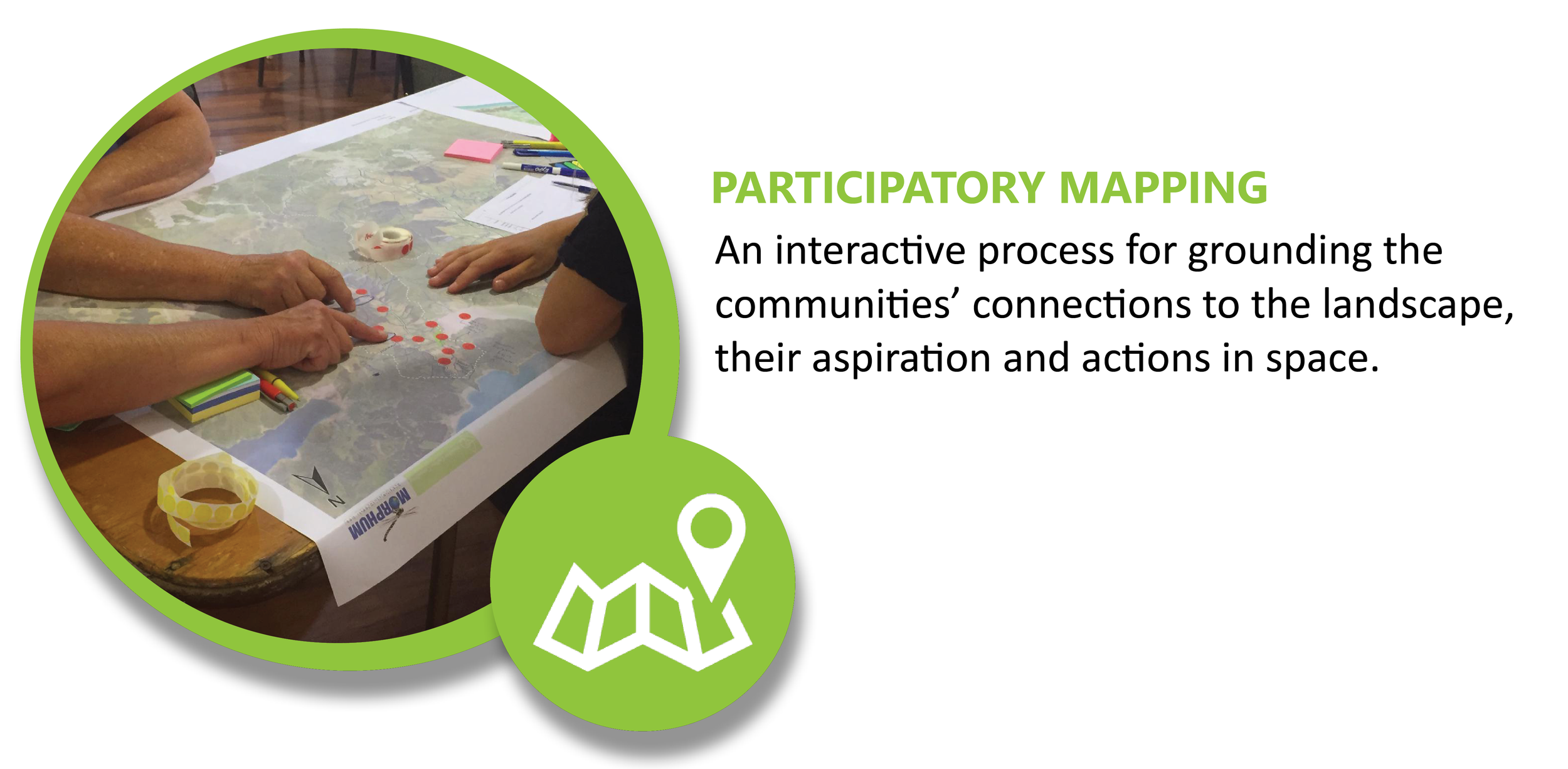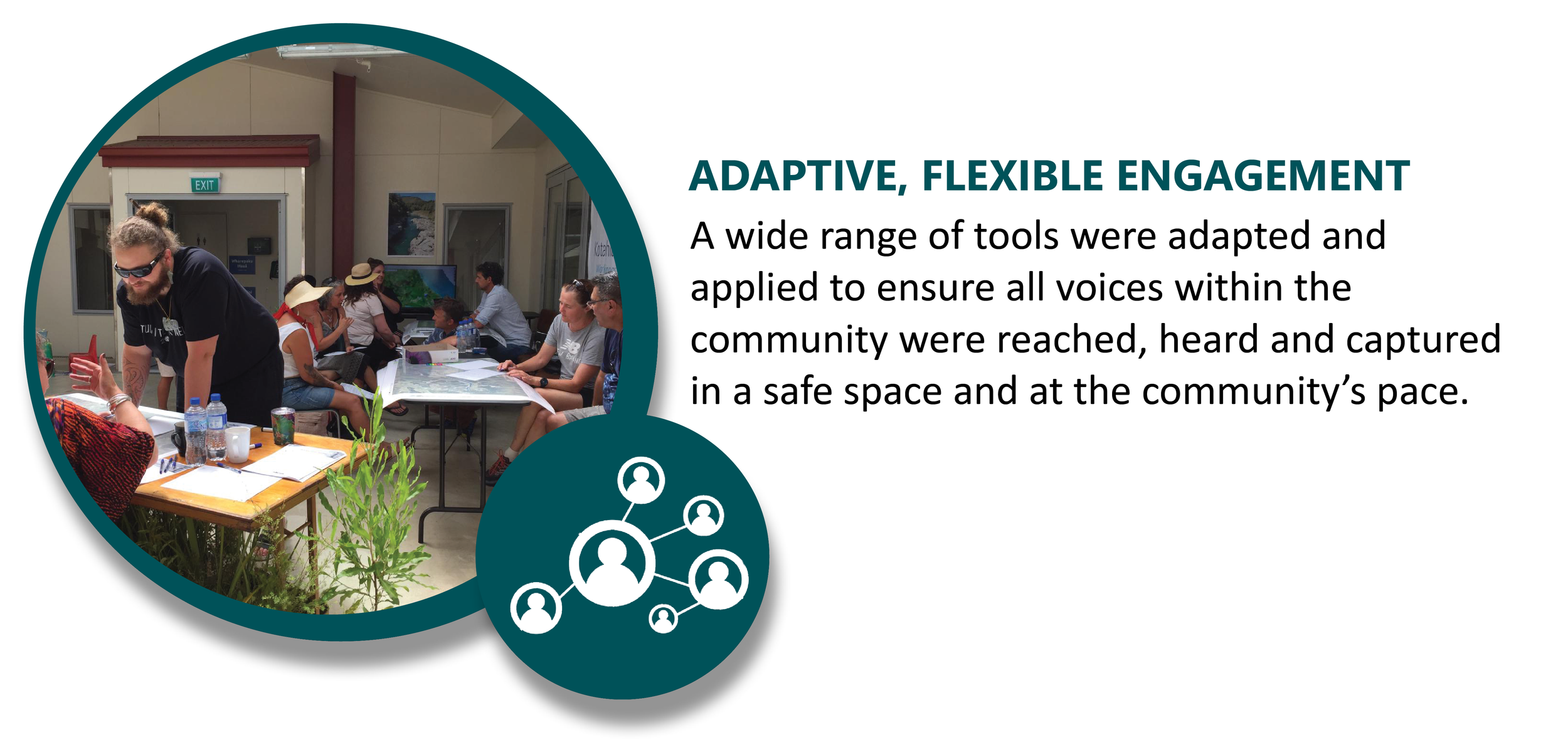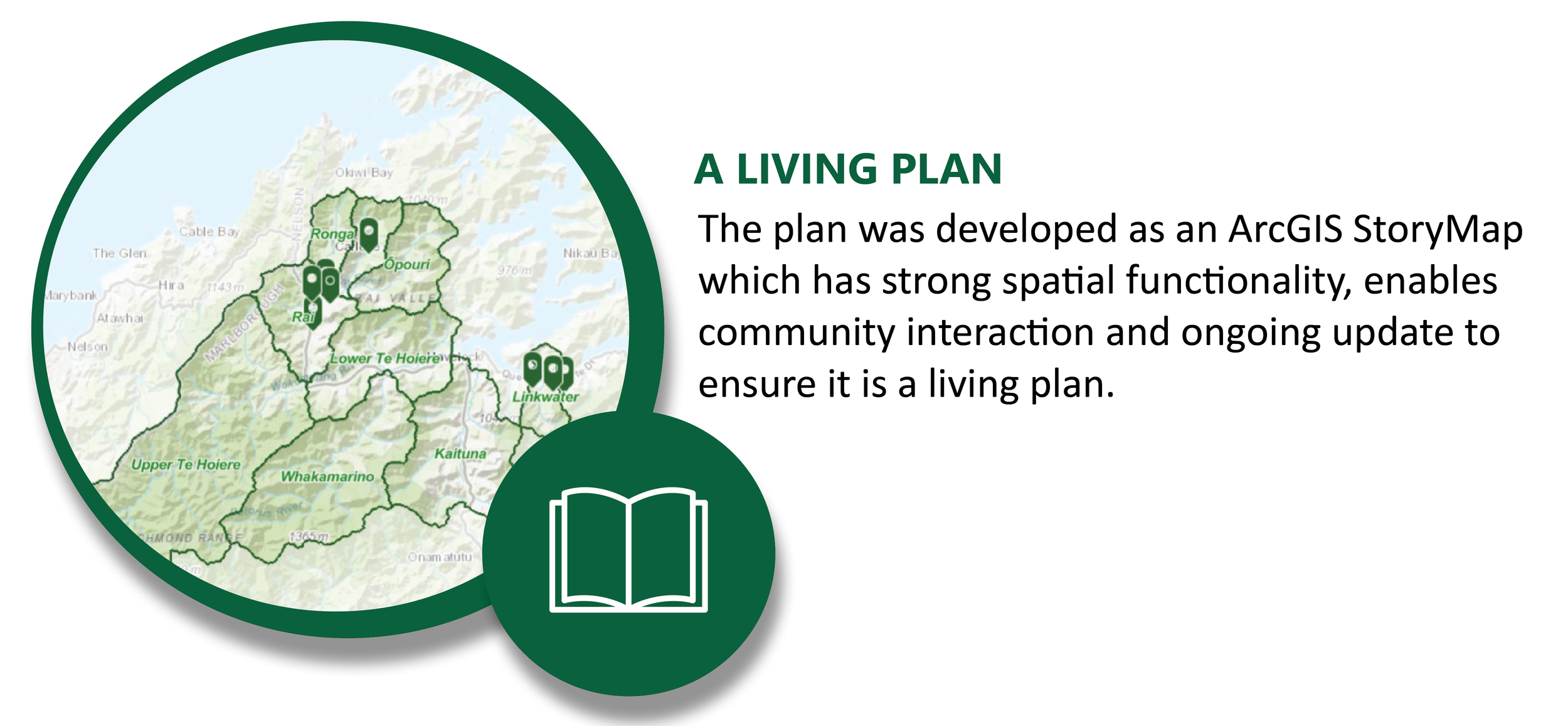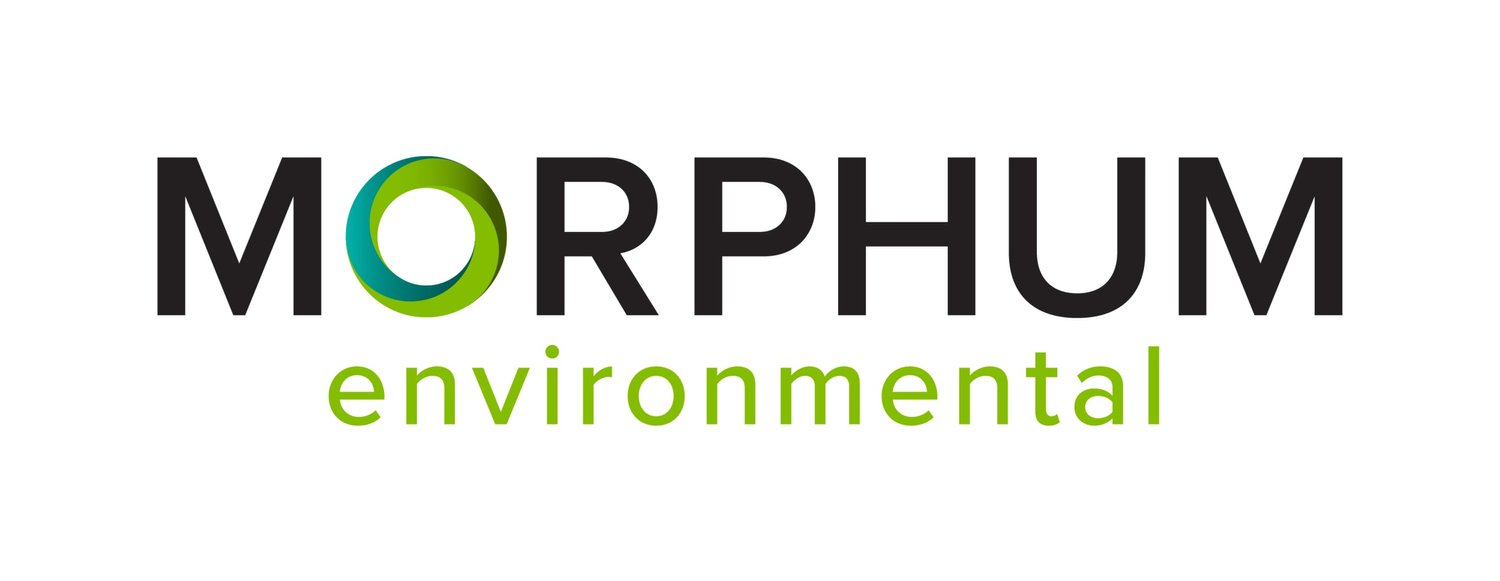Client: Ministry for the Environment
The Opportunity
Essential to the sustainability of catchment planning is the ownership of decision making and meaningful influence on action by the people who live, work, and play in a landscape. Local communities have rich connections to their landscape, developed over generations and are deeply invested in sustaining the health of the natural systems that support the social, economic, and cultural wellbeing of their whānau. As guardians of their environment, community members invest passion, expertise, and other resources to this end on a daily basis.
The Ministry for the Environment (MfE) initiated a community led process which was facilitated by Moprhum Environmental (Morphum) in partnership with Heather Collins Consulting to develop an Integrated Catchment Enhancement Plan (ICEP) in Te Hoiere / Pelorus. The ICEP is required to guide the Te-Hoiere / Pelorus Catchment Restoration Project, which aims to improve ecosystem health and functionality. Te Hoiere / Pelorus was selected given its unique biodiversity and associated historical, cultural and economic value, along with signs of ongoing decline across the ecosystem. MfE have committed support to the community over the next decade to establish and initiate this intergenerational project.
The Response
We responded by guiding a process of 'planning by the people, for the people’. This required that we played a supportive, facilitatory and empowering role that ensured the community led and owned the process and outcomes. The community defined themselves; selected and planned who, where, when and how they engaged; organised the invitations; actively facilitated engagements; and communicated outcomes via their local structures and networks.
We facilitated the application of a positive enquiry approach, for which the starting point was “What is your vision for your landscape and how do we achieve it?” rather than, “What are the problems you are facing?”. This positive point of departure shifted the dialogue from cause and blame to collective solutions. Engagement was structured to understand what elements of the landscape are important to people, their aspirations for these features, and the actions (historical, current, future) required to give effect to these aspirations.
We provided support in proposing, adapting, and implementing a wide range of tools to ensure all community voices were heard, captured, and distilled in crafting the communities’ plan. This included summer visitor surveys; several hui and a weekend whānau gathering with mana whenua Ngāti Kuia; cups of tea, barbecues and community meetings with local groups; use of multi -media and online surveys; several workshops with different Marlborough District Council departments; and engagement with a wide range of NGO’s and economic sectors that collectively constituted the community voice. A key tool employed was ‘participative mapping’. This interactive tool provided a constructive way for people to engage with their landscape and spatially ground their relationship, aspirations, and actions.
The plan was then compiled in ArcGIS Storymaps, to create a live, interactive platform which can be viewed here.



The Outcome
Over 400 individual voices and over 1,000 statements were captured, distilled, and woven by the community into a governing vision, aspirations and principals to guide the implementation of more than 70 actions located across time and space that give effect to the vision. The outcome is a ‘truly’ community crafted and owned plan. The project steering committee evolved into a trust that will maintain community ownership and guide investment towards implementation of the plan. This project shows the value in recognising, and enhancing community structures, energy, and effort into actions towards a substantive and sustainable trajectory of change, as defined by the community’s own aspirations and vision. The success of the journey was underpinned by building trust, a nimble approach to adapting tools, and timing to community needs while continually reflecting as a collective to ensure community ownership. The ‘journey was as important as the destination’ and this approach provides a useful case study for catchment management in New Zealand.
If there’s an opportunity to work with your community to ensure a thriving environment for generations to come, we would love to hear from you at info@morphum.com.

